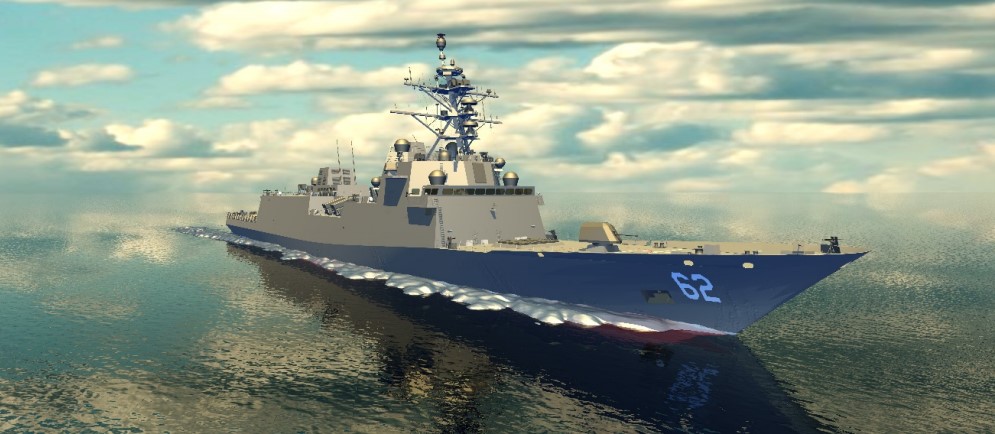Defense Daily
-
Wednesday, November 26, 2025
- Navy Cancels Constellation-Class Frigate, Will Only Retain Two Under Construction
- Boeing Gets More Than $7 Billion in Pentagon Awards For Army Apache And USAF KC-46s
- Recent C-UAS Exercises Demonstrate Advances In Lowering Costs, Rapid Testing With Industry, Army Officials Say
- Fincantieri Details Navy Partnership As Frigates Cancelled
- USAF Sustainment Of Intel Support Program For U-2 To Stretch Through Next October
- As USAF Considers When to Hold First Sentinel Flight Test, Lockheed Martin Receives Add-On for Mk21A
- BlackSky Says Third Gen-3 Satellite Produced Images Less Than 24 Hours After Launch
- VTG Acquires Software Engineering Firm Miklos Systems
- Amentum Sees Growth In Latest Quarter Due To Nuclear, Space Contracts
-
Wednesday, November 26, 2025
- Navy Cancels Constellation-Class Frigate, Will Only Retain Two Under Construction
- Boeing Gets More Than $7 Billion in Pentagon Awards For Army Apache And USAF KC-46s
- Recent C-UAS Exercises Demonstrate Advances In Lowering Costs, Rapid Testing With Industry, Army Officials Say
- Fincantieri Details Navy Partnership As Frigates Cancelled
- USAF Sustainment Of Intel Support Program For U-2 To Stretch Through Next October
- As USAF Considers When to Hold First Sentinel Flight Test, Lockheed Martin Receives Add-On for Mk21A
- BlackSky Says Third Gen-3 Satellite Produced Images Less Than 24 Hours After Launch
- VTG Acquires Software Engineering Firm Miklos Systems
- Amentum Sees Growth In Latest Quarter Due To Nuclear, Space Contracts
-
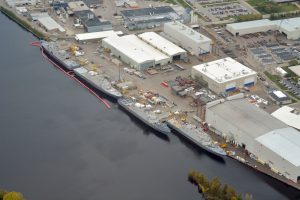 Navy/USMC
Navy/USMCFincantieri Details Navy Partnership As Frigates Cancelled
Fincantieri Marinette Marine on Tuesday detailed how its partnership with the Navy is changing amid the service’s cancellation of the Constellation-class frigate program, based out of the company’s Marinette, Wisc., […]
Tagged in: -
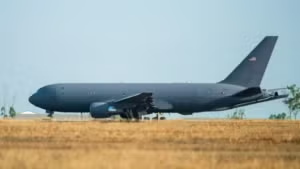 Air Force
Air ForceBoeing Gets More Than $7 Billion in Pentagon Awards For Army Apache And USAF KC-46s
Tuesday was a banner day for Boeing [BA], as the company secured a nearly $4.7 billion award from the U.S. Army for production of AH-64E Apache attack helicopters and Longbow […]
-
 Navy/USMC
Navy/USMCNavy Cancels Constellation-Class Frigate, Will Only Retain Two Under Construction
Secretary of the Navy John Phelan on Tuesday announced the service is cancelling the last four of six Fincantieri Marinette Marine Constellation-class frigates under contract as the service makes a […]
Tagged in: -
 Air Force
Air ForceAs USAF Considers When to Hold First Sentinel Flight Test, Lockheed Martin Receives Add-On for Mk21A
As the U.S. Air Force considers when it will have a first flight test in the development of the LGM-35A Sentinel ICBM by Northrop Grumman [NOC], Lockheed Martin [LMT] has […]
-
 Business/Financial
Business/FinancialVTG Acquires Software Engineering Firm Miklos Systems
VTG on Tuesday said it had acquired Miklos Systems, Inc. (MSI), in a deal that strengthens its digital transformation capabilities with the intelligence community. Terms of the transaction were not […]
-
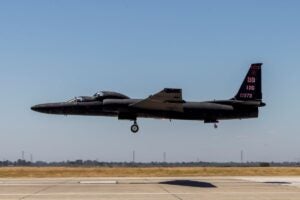 Air Force
Air ForceUSAF Sustainment Of Intel Support Program For U-2 To Stretch Through Next October
While the Air Force has planned to retire the Lockheed Martin [LMT] U-2 Dragon Lady surveillance plane next year, a number of legislators have opposed that plan, and former Air […]
-
 Army
ArmyRecent C-UAS Exercises Demonstrate Advances In Lowering Costs, Rapid Testing With Industry, Army Officials Say
U.S. Army and NATO exercises in Europe this month demonstrated low-cost solutions to defeat drones and showed industry working to improve systems quickly based on soldier feedback, Army officials said […]
-
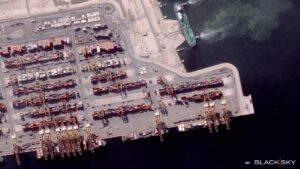 Space
SpaceBlackSky Says Third Gen-3 Satellite Produced Images Less Than 24 Hours After Launch
BlackSky Technology Inc. [BKSY] said on Tuesday that its third Gen-3 satellite began producing images less than 24 hours after its launch from New Zealand on Nov. 20 on Rocket […]

